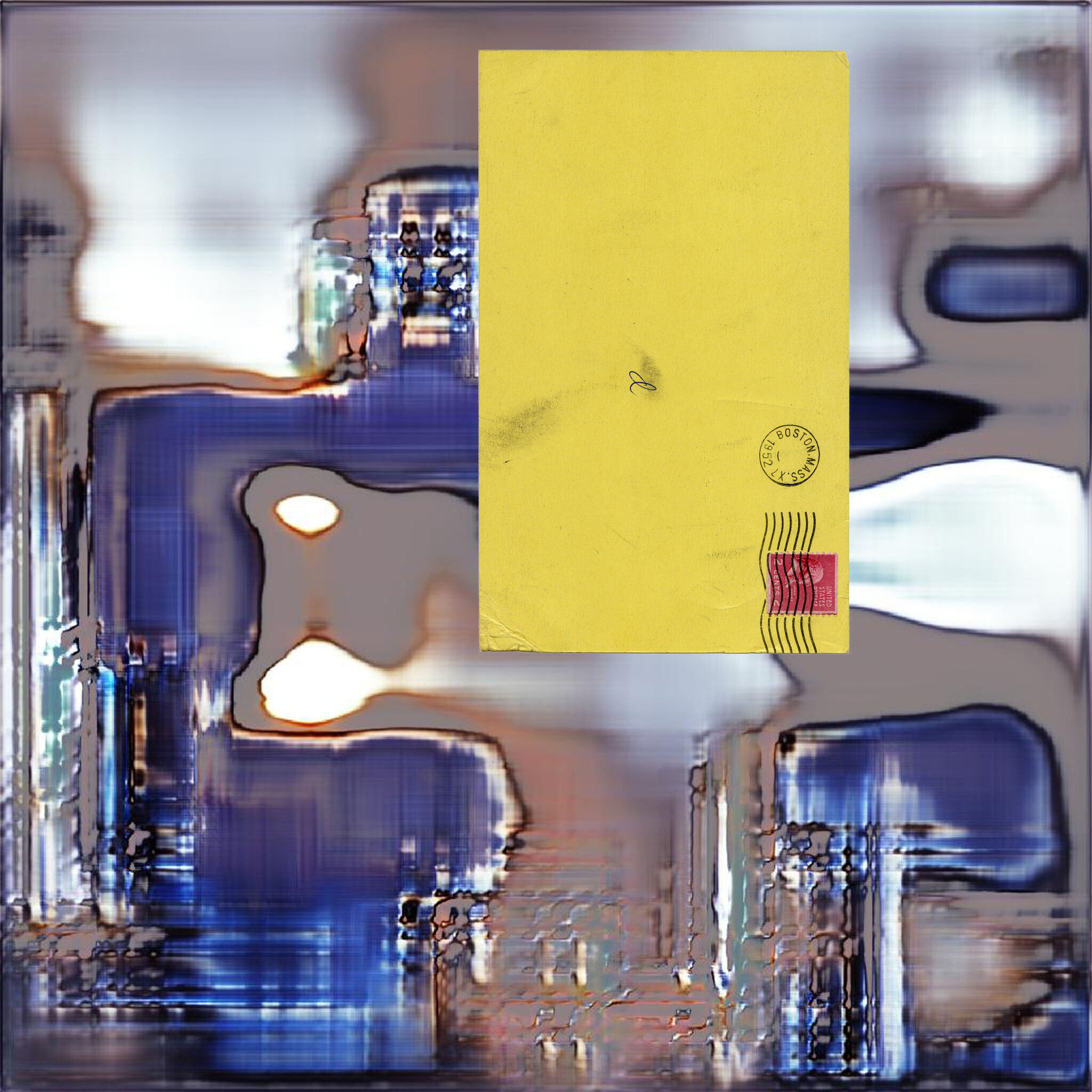Devin Kenny: Ongoing, Individual Adaptability or How to Quiet Quit
2022
Devin Kenny: Ongoing, Individual Adaptability or How to Quiet Quit
A two-part work consisting of images and videos, Devin Kenny’s Ongoing, Individual Adaptability or How to Quiet Quit explores artificial intelligence (AI) in the context of art institutions, creativity, collaboration, and labor. To create the work, Kenny used what is called a Generative Adversarial Network (GAN) in which algorithms trained on a specific data set continuously generate new original images with the same characteristics as the training set and are evaluated by discriminative algorithms that, based on their own training, judge whether the newly produced data looks authentic. The data set Kenny used to train the AI for this work was made up of thousands of installation images documenting exhibitions at the Whitney Museum.
For the first part of the artwork, titled Ongoing, Individual Adaptability, the artist selected twelve images from the GAN’s output and collaged them with manipulated excerpts of original artist correspondences and ephemera from the Whitney Museum’s library. The resulting collages, a ‘cooperation’ between Kenny and the AI, hint at parallels between processes in art institutions and AI software as they exert authority and control, or enable collaboration. The title of the piece is a definition of intelligence and quote from Octavia Butler’s novel The Parable of the Sower, which addresses themes of growth and change in the effort of constructing an ideal future—topics that often surface in discussions about AI’s potential to change societies for the better.
The second part of the work, How to Quiet Quit, consists of three videos showing the GAN in the process of producing images. Each of the videos is accompanied by a soundtrack of excerpts from online TED talks by philosopher Nick Bostrom, computer scientist Kai-Fu Lee, and artificial intelligence researcher Janelle Shane, intercepted by the artist’s comments and questions. The GAN’s evolving visual abstractions of the museum’s exhibition documentation exemplify or question the speakers’ and artist’s commentary on issues of intelligence, creativity, optics, and weirdness. The title How to Quiet Quit randomly popped up in the artist’s Instagram feed and resonated with him as an approach for an AI or person to achieve autonomy. Ongoing, Individual Adaptability or How to Quiet Quit establishes a framework for questioning AI as a tool for making the art of the future by ‘liberating’ or replacing human creativity, as discussed in the excerpted TED talks.
Viewers can change the sequence of images and videos by refreshing the page.
Devin Kenny (b. 1987, Chicago, Il; lives and works in New York, NY) is an interdisciplinary artist, writer, musician, and independent curator. Born in the South Side of Chicago, the artist relocated to New York City to pursue his undergraduate studies at The Cooper Union. He received his MFA from the New Genres department at the University of California Los Angeles in 2013 and is also an alum of the Whitney Independent Study Program and Bruce High Quality Foundation University. Kenny has held residencies at the Skowhegan School of Painting & Sculpture, SOMA Summer, and the Core Program at the Museum of Fine Arts, Houston. He has collaborated with DADDY, pooool, Studio Workout, Temporary Agency, and exhibited and performed at venues across the U.S. and internationally, including Recess, MoMA PS1, Performance Space New York, The Kitchen, and Santos Party House, New York; REDCAT and Freak City, Los Angeles; and Theater de Roode Bioscoop, Amsterdam.
artport
View more on artport, the Whitney Museum's portal to Internet and new media art.

